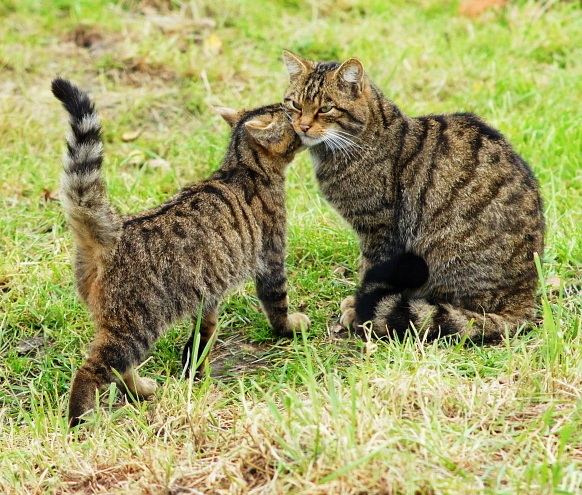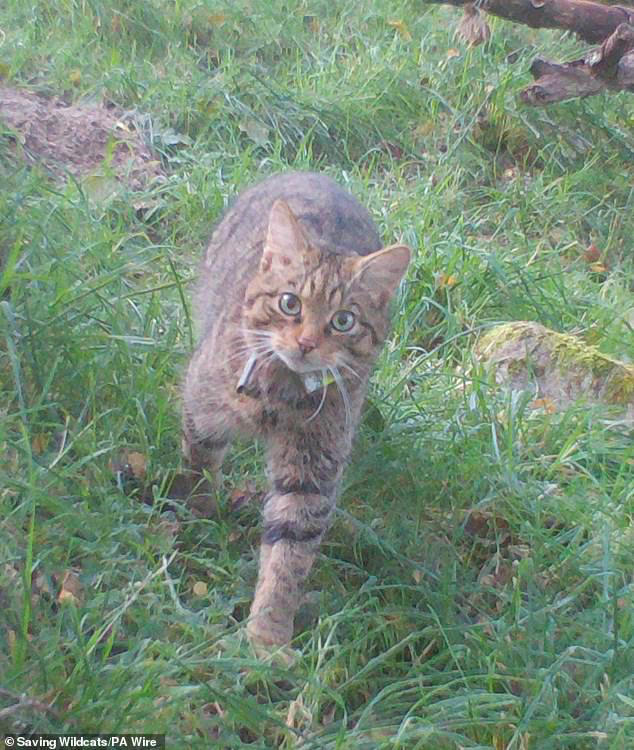Given the exciting recent news that Scottish wildcats have started breeding in the wild, let’s explore the overall importance of Felis silvestris grampia in their natural habitat.
We have previously covered wildcats more generally in our Wilding Profiles, but now let us look a little deeper.
The Scottish wildcat is one of the most iconic and endangered mammal species in the United Kingdom. Known for its elusive nature and resemblance to many domesticated cats, this wild relative favours the remote, rugged heathlands and woodlands. Here, it thrives, hunting small mammals through dense thickets.
These vegetation-covered habitats provide protection, particularly for kittens, against predatory birds such as sparrowhawks and golden eagles, as well as the bluster and dreich Scottish weather. Historically, these cats hunted across the country, but human-led habitat loss and development have restricted their numbers to the Highlands.
Scottish wildcats are larger and more robust than their house-dwelling counterparts. They have much bushier tails with distinctive black rings and dark tips. Generally, their heads are larger, and due to their environment, they sport much thicker fur.
Their diet primarily consists of small mammals, particularly rabbits and rodents. They are also known to hunt small birds and pluck amphibians from the water. As with most cats, wildcats are solitary hunters, preferring to stalk during the night and twilight hours. Using their keen senses, they choose stealth over pursuit, and the pounce over the chase.
They reproduce once a year during spring, after the mating season in the winter months. After around 65 days of pregnancy, they give birth to a litter of between two and six kittens in the seclusion and safety of their deep forest dens. Following six to eight weeks of milk, the kittens are weaned but remain at their mother’s side until around six months of age, reaching full sexual maturity at one year.
Preferring lives of solitude over living in groups, their territories can vary according to the availability of prey and quality of habitats. Males generally have larger territories that overlap with those of several females, while females have smaller, more exclusive territories. Territorial boundaries are marked using scent glands located on their face and paws, as well as through urine spraying and fecal deposits.
The current population of Scottish wildcats is believed to be between 100 and 300 individuals. However, with this welcome recent news, high levels of public advocacy, and conservation support, let’s hope these numbers continue to increase and a once-widespread iconic species of the British Isles can thrive.

Mother with kitten. British Wildlife Centre, Surrey.

Released cat on camera. Saving Wildcats.PA Wire.
